Economic Benefits of Recycling
The economic advantages associated with recycling are becoming increasingly apparent, thereby driving growth in the Recycled Metal Market. Recycling metals is often more cost-effective than extracting and processing virgin materials, leading to lower production costs for manufacturers. Additionally, the recycling process generates employment opportunities, with the industry employing millions worldwide. Reports suggest that for every job in the recycling sector, approximately 1.17 jobs are created in the manufacturing sector. This economic interdependence highlights the potential for job creation and economic growth through increased recycling efforts. As businesses recognize these benefits, investment in the Recycled Metal Market is likely to expand, fostering a more sustainable economic model.
Increasing Demand for Recycled Materials
The Recycled Metal Market is experiencing a notable surge in demand for recycled materials, driven by the growing emphasis on sustainability and environmental conservation. Industries such as construction, automotive, and electronics are increasingly incorporating recycled metals into their production processes. For instance, the construction sector has reported a 20% increase in the use of recycled steel, reflecting a broader trend towards circular economy practices. This heightened demand not only reduces the reliance on virgin materials but also minimizes energy consumption and greenhouse gas emissions associated with metal production. As consumers and businesses alike prioritize eco-friendly practices, the Recycled Metal Market is poised for substantial growth, potentially reaching a market value of over 100 billion dollars by 2027.
Rising Awareness of Environmental Issues
There is a growing awareness of environmental issues among consumers and businesses, which is significantly influencing the Recycled Metal Market. As the impacts of climate change and resource depletion become more pronounced, stakeholders are increasingly seeking sustainable alternatives. This shift in consumer behavior is prompting manufacturers to adopt recycled metals in their products, thereby reducing their carbon footprint. Surveys indicate that over 70% of consumers are willing to pay a premium for products made from recycled materials. This trend not only drives demand for recycled metals but also encourages companies to invest in sustainable practices, further bolstering the Recycled Metal Market.
Regulatory Frameworks Promoting Recycling
The Recycled Metal Market is benefiting from increasingly stringent regulatory frameworks aimed at promoting recycling and reducing waste. Governments are implementing policies that encourage the use of recycled materials, such as tax incentives and mandatory recycling quotas. For instance, several countries have established regulations that require a certain percentage of recycled content in new products, particularly in the automotive and construction sectors. These regulations not only stimulate demand for recycled metals but also create a more favorable environment for recycling businesses. As compliance with these regulations becomes essential for manufacturers, the Recycled Metal Market is likely to see a sustained increase in activity and investment.
Technological Innovations in Recycling Processes
Technological advancements are playing a pivotal role in enhancing the efficiency and effectiveness of recycling processes within the Recycled Metal Market. Innovations such as automated sorting systems and advanced shredding techniques have significantly improved the recovery rates of metals from scrap. For example, the implementation of AI-driven sorting technologies has been shown to increase the purity of recycled metals, making them more desirable for manufacturers. Furthermore, these technologies reduce operational costs and energy consumption, thereby contributing to a more sustainable recycling ecosystem. As these innovations continue to evolve, they are likely to attract further investments into the Recycled Metal Market, fostering a more robust and competitive landscape.


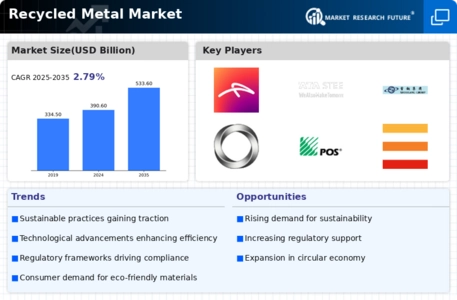
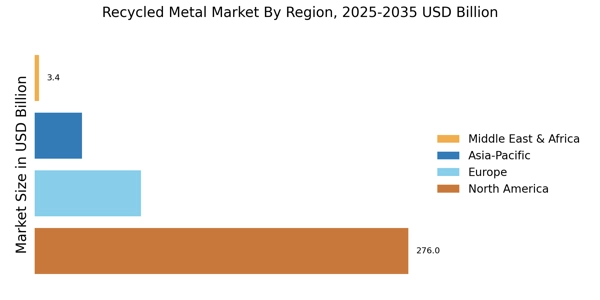
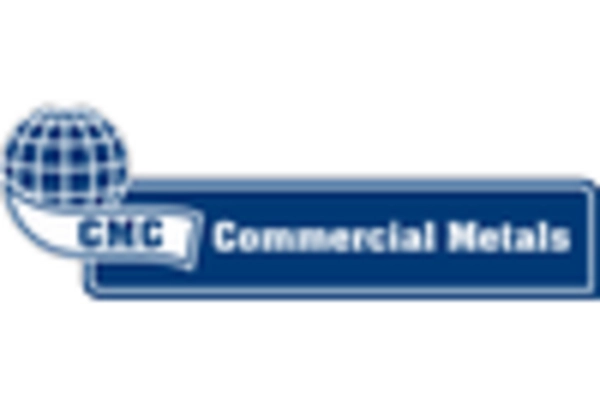
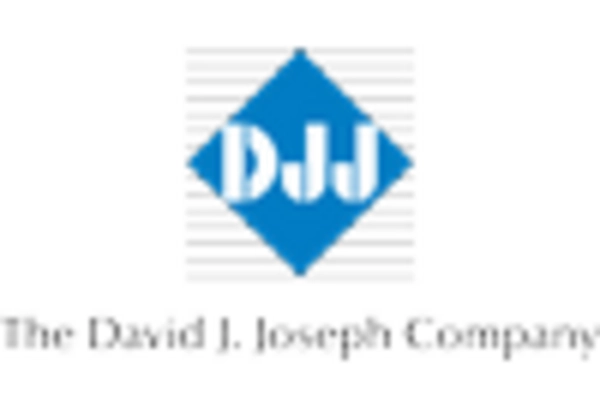
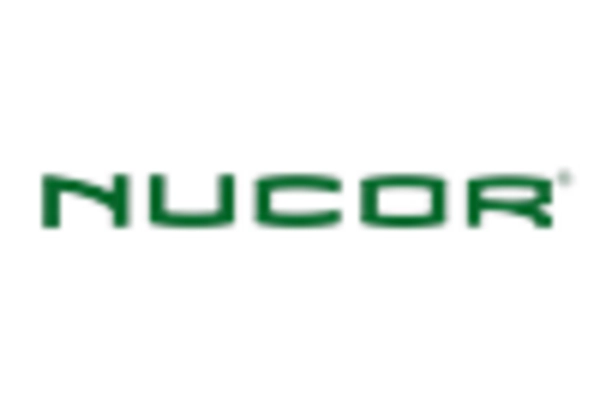
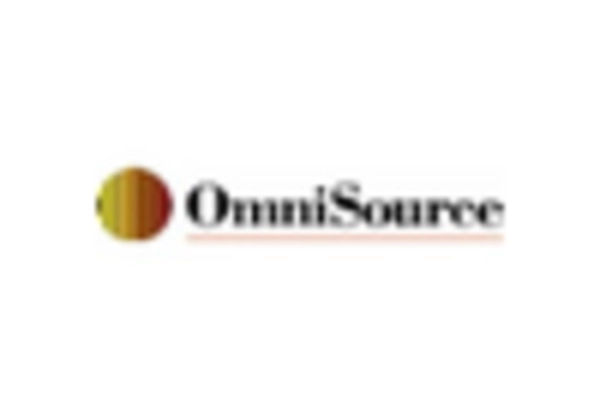
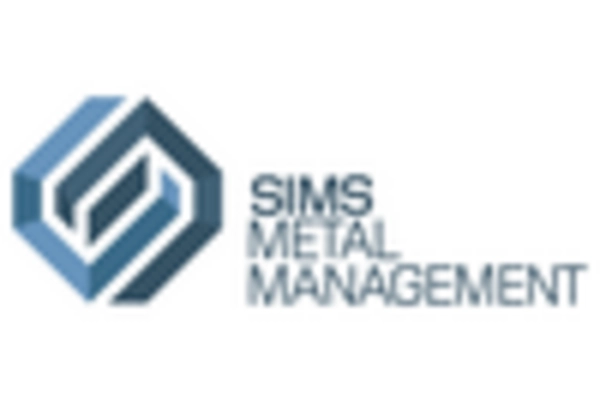
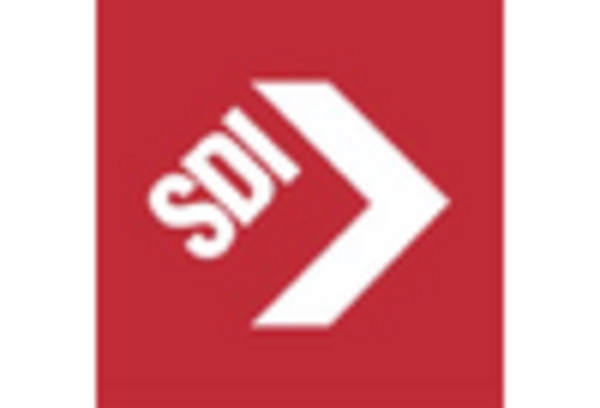








Leave a Comment